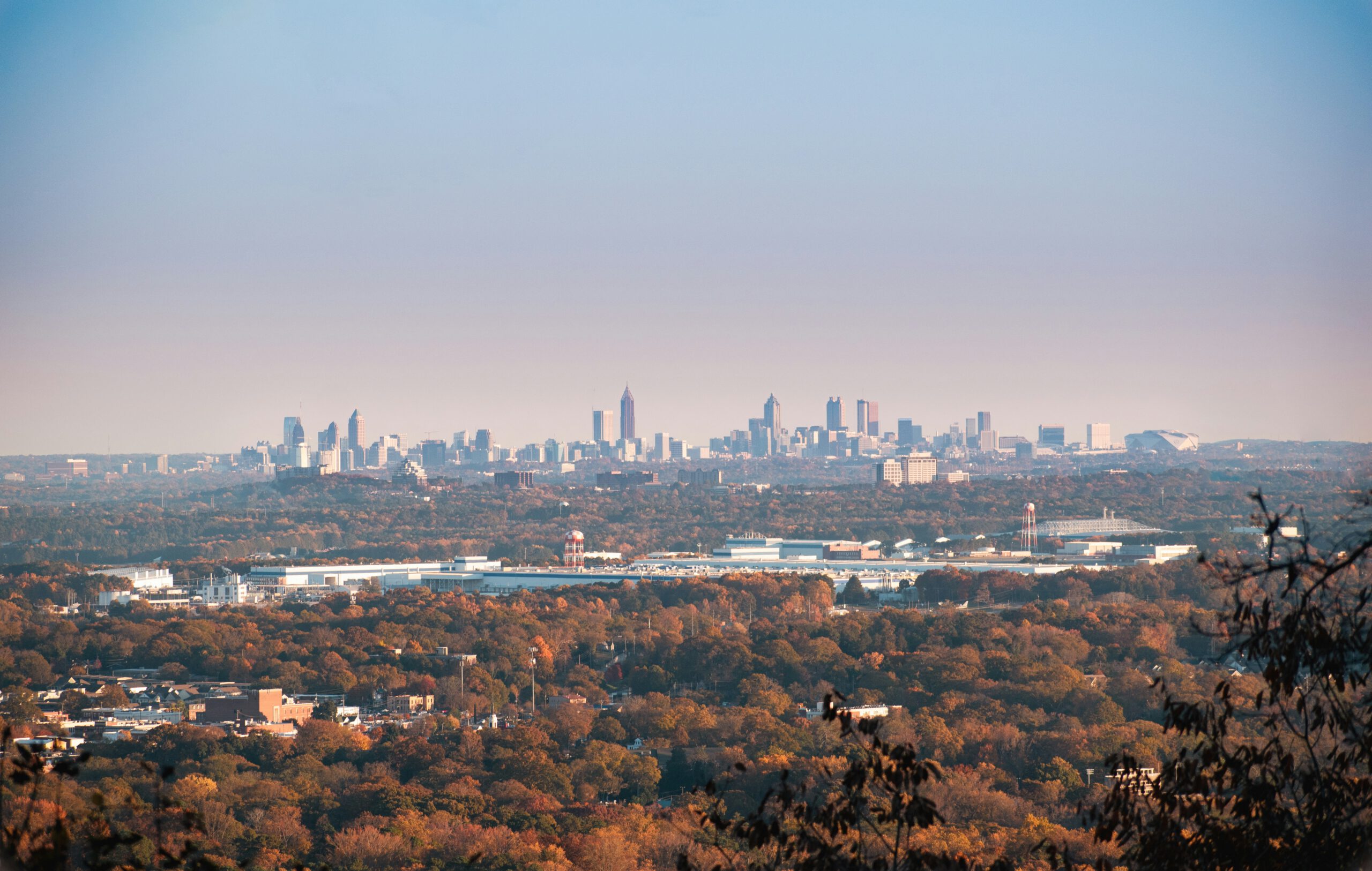The Rise of a Thriving Metropolis

In the mid-19th century, a city in the United States rose to prominence, dazzling the world with its wealth and prosperity. This city, known as Detroit, became the beating heart of the nation’s automotive industry. With the success of Ford, General Motors, and Chrysler, Detroit earned the title of the “Motor City.” The automotive boom created jobs, attracted global talent, and poured wealth into the city. It was a time when Detroit was synonymous with innovation and progress, and its skyline was a testament to its prosperity.
A Glimpse Into the Golden Era

During its golden era, Detroit was a city of grandeur and ambition. The streets were lined with opulent theaters, bustling markets, and skyscrapers that reached for the sky. Residents enjoyed an unparalleled quality of life, with access to education, public services, and cultural events. The city’s population swelled as people flocked in search of the American Dream. Detroit was not just a city; it was a symbol of wealth and opportunity, where anyone could make it big.
The Turning Point: Economic Challenges

However, the tides began to turn as Detroit faced economic challenges in the latter half of the 20th century. The automotive industry, once the city’s lifeline, started facing stiff competition from abroad. Foreign automakers introduced more fuel-efficient and affordable cars, capturing significant market share. As a result, Detroit’s automotive giants struggled to keep up, leading to factory closures and massive job losses. This economic downturn marked the beginning of a long period of decline for the once-thriving metropolis.
The Impact of Suburbanization

In addition to economic woes, suburbanization played a significant role in Detroit’s decline. As people moved to the suburbs in search of better living conditions and safer neighborhoods, the city’s tax base eroded. This migration left behind a shrinking population and an increasing number of abandoned properties. Detroit’s infrastructure and public services deteriorated as the city struggled to maintain its vast urban landscape with fewer resources.
Social Challenges and Urban Decay

Detroit’s decline was further compounded by social challenges. Racial tensions and economic disparities created a divide between the city’s residents. Crime rates soared, and urban decay took hold as abandoned buildings became symbols of neglect. The city that once thrived on innovation and progress now faced a myriad of social issues that seemed insurmountable. Efforts to address these challenges were met with limited success, as the city grappled with its complex past.
Efforts to Revitalize the City

Despite the challenges, Detroit has seen a resurgence of revitalization efforts in recent years. Local leaders, businesses, and community organizations have come together to breathe new life into the city. Initiatives to attract new businesses, improve infrastructure, and enhance public services have gained momentum. The city’s downtown area, in particular, has experienced a revival, with new restaurants, shops, and entertainment venues opening their doors. These efforts aim to restore Detroit to its former glory, one step at a time.
The Role of Technology and Innovation

Technology and innovation have played a crucial role in Detroit’s revitalization. The city has embraced new industries, such as technology startups and renewable energy, to diversify its economy. Entrepreneurs and innovators are finding opportunities in Detroit, drawn by its affordable real estate and burgeoning arts scene. The city is slowly transforming into a hub for creativity and innovation, building on its legacy as a center of automotive excellence.
Community Engagement and Grassroots Initiatives

Community engagement has been a driving force behind Detroit’s renewal. Grassroots initiatives, led by passionate residents, have focused on improving neighborhoods and fostering a sense of community pride. From urban farming projects to arts and culture festivals, these efforts have helped create a vibrant and inclusive atmosphere. Residents are taking ownership of their city’s future, working together to overcome challenges and build a brighter tomorrow.
The Cultural Renaissance

Detroit’s cultural renaissance is another testament to its resilience. The city’s rich musical heritage, from Motown to techno, continues to inspire artists and musicians worldwide. Cultural events and festivals celebrate Detroit’s diversity and creativity, attracting visitors from near and far. The city’s vibrant arts scene is a testament to the enduring spirit of its residents, who refuse to let Detroit’s legacy fade into obscurity.
The Road Ahead for Detroit

While Detroit has made significant strides in its journey of recovery, challenges remain. The city continues to grapple with issues such as poverty, unemployment, and education. However, the resilience and determination of its residents offer hope for a brighter future. Detroit’s story is one of transformation and renewal, as it seeks to reclaim its status as a symbol of prosperity and opportunity. The road ahead may be long, but with concerted efforts and unwavering spirit, Detroit is well on its way to a new chapter in its storied history.


